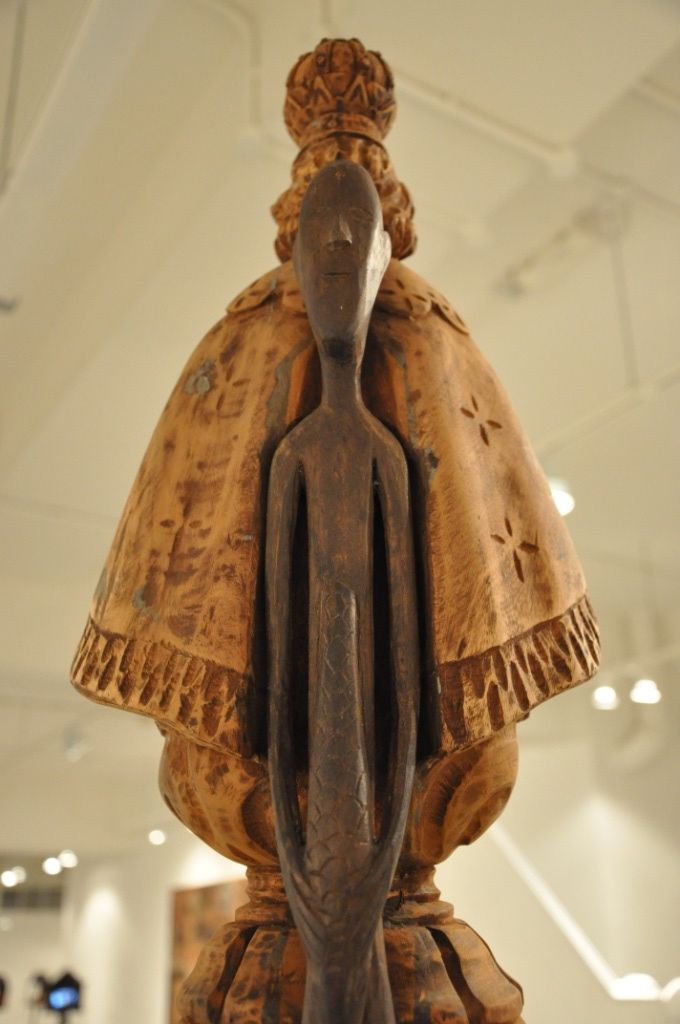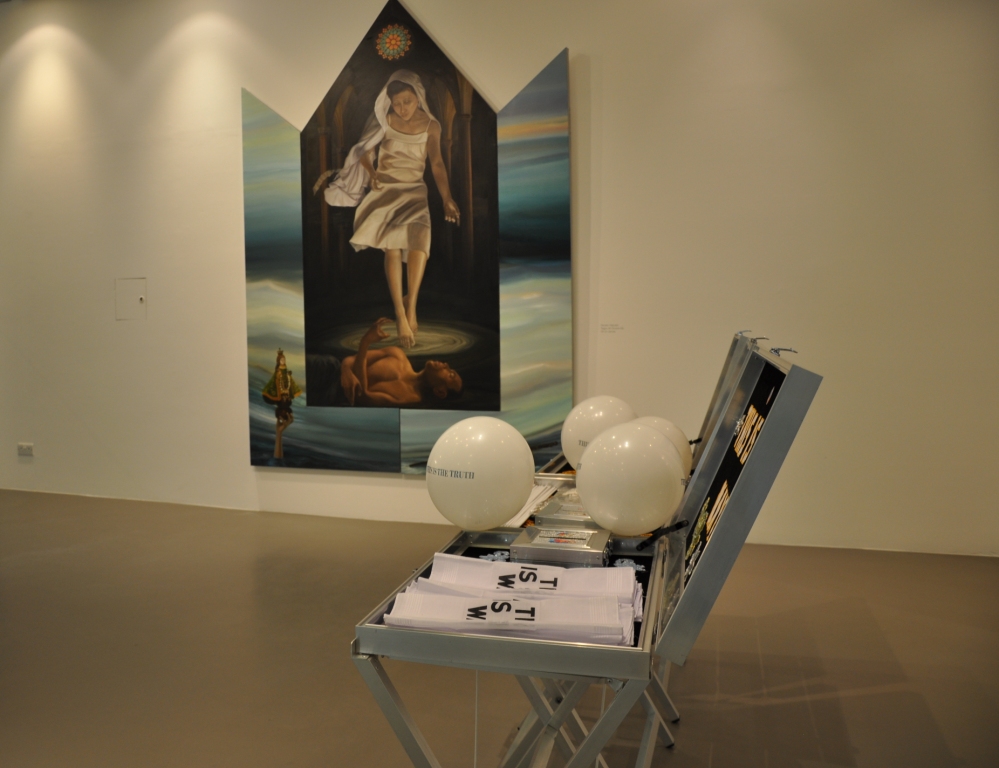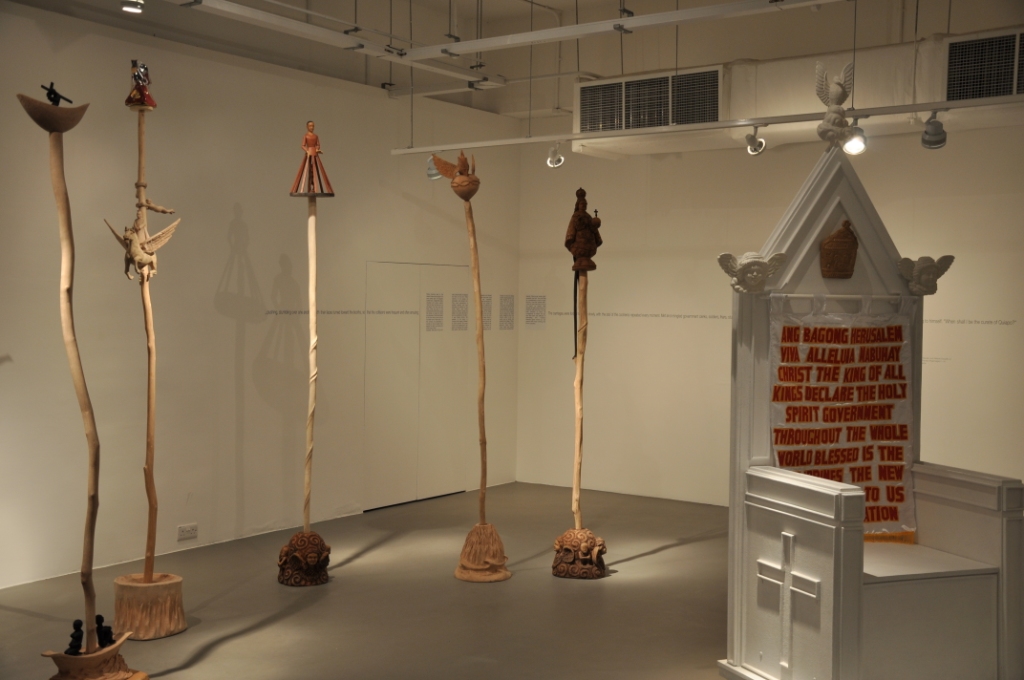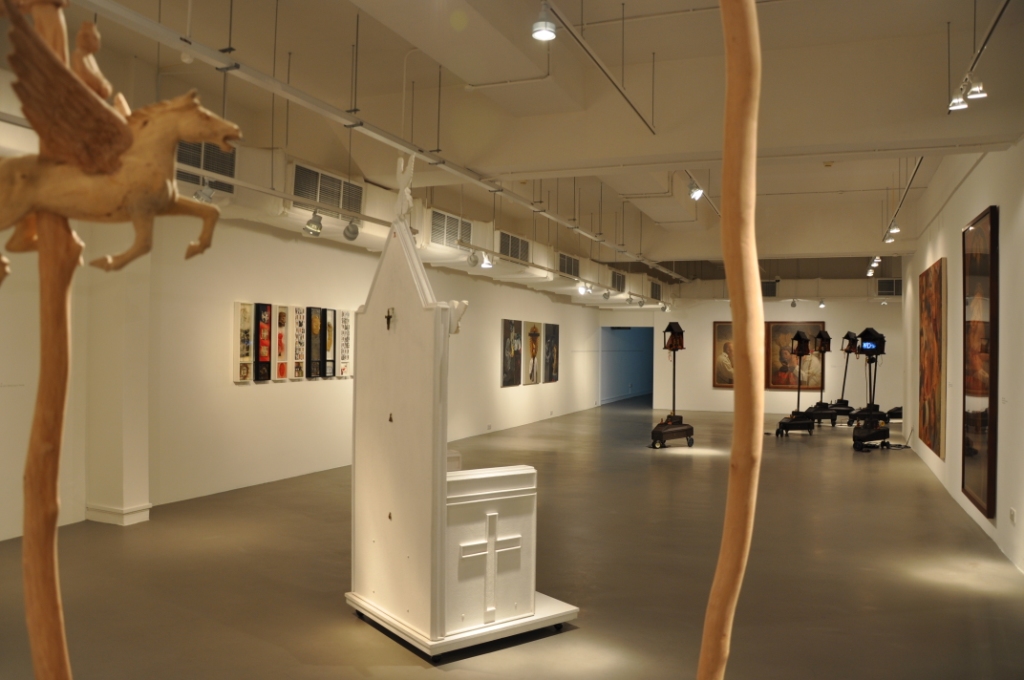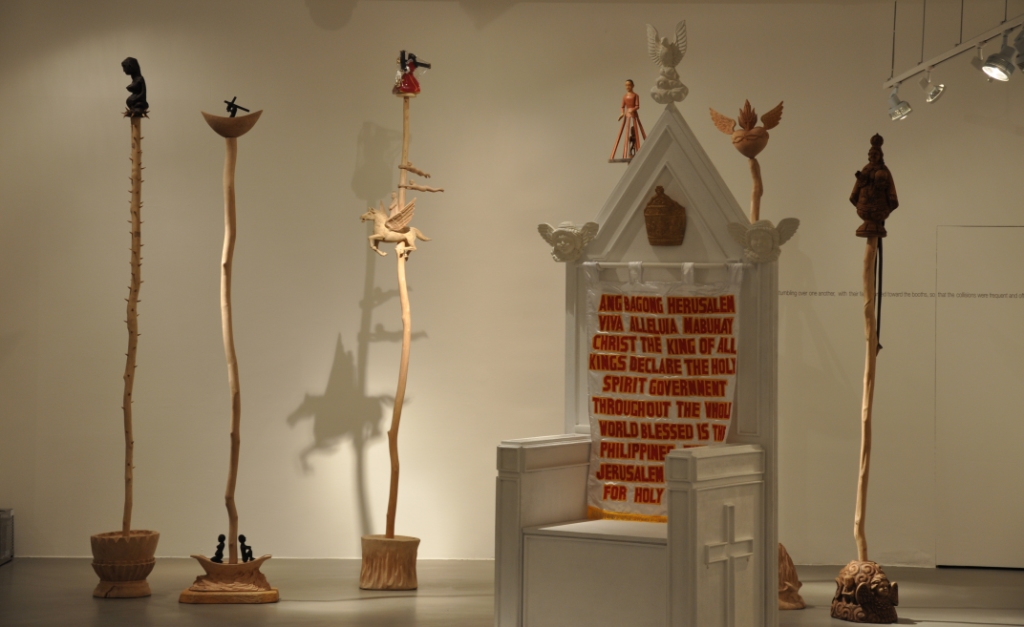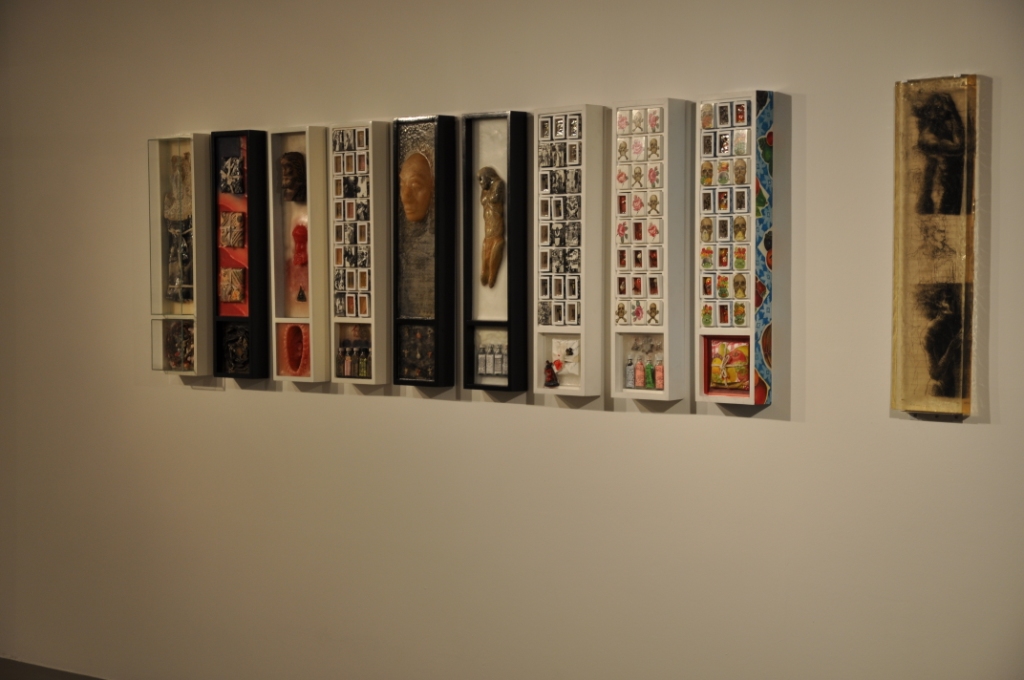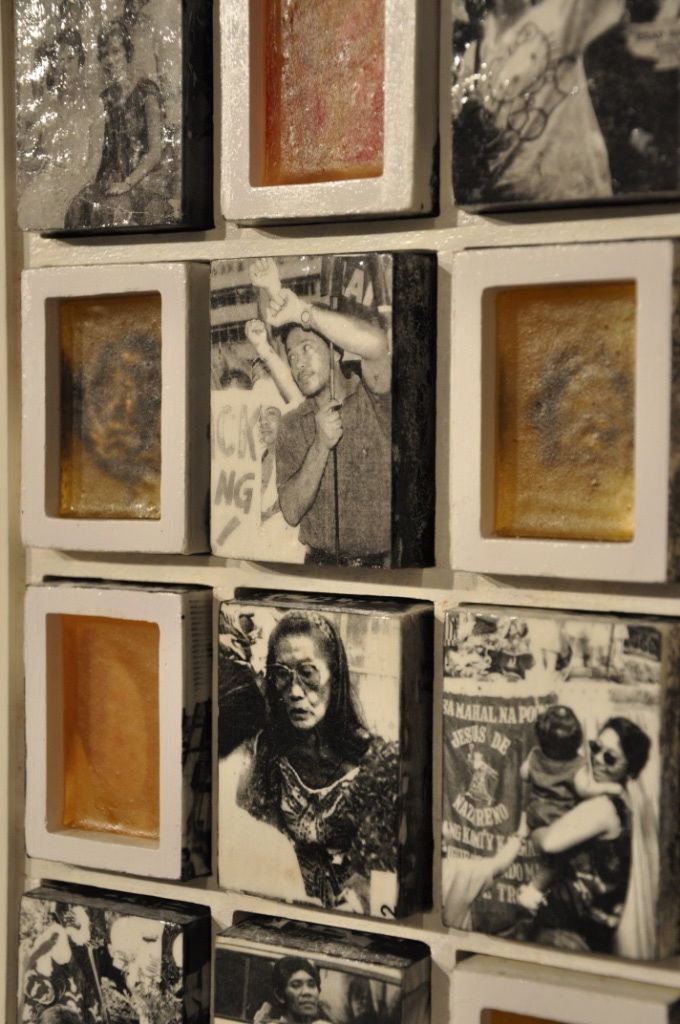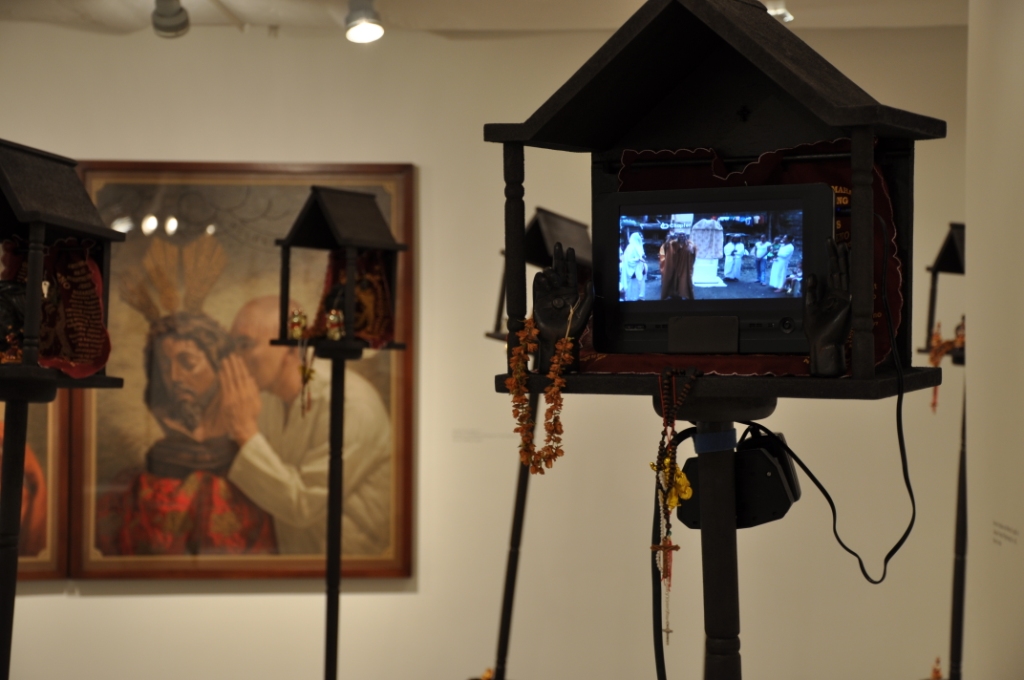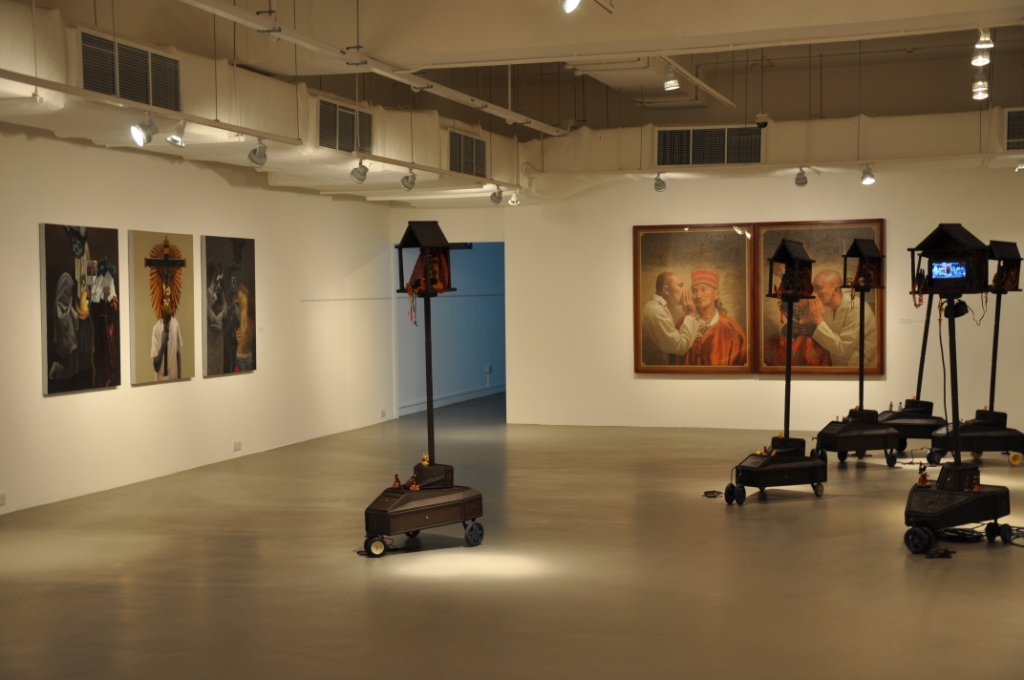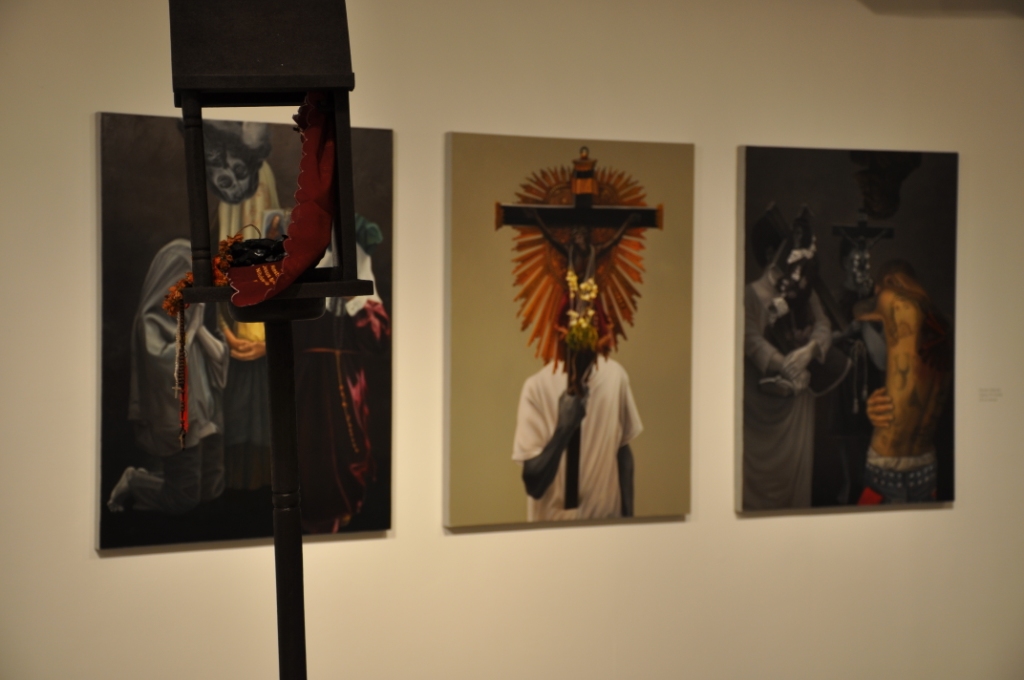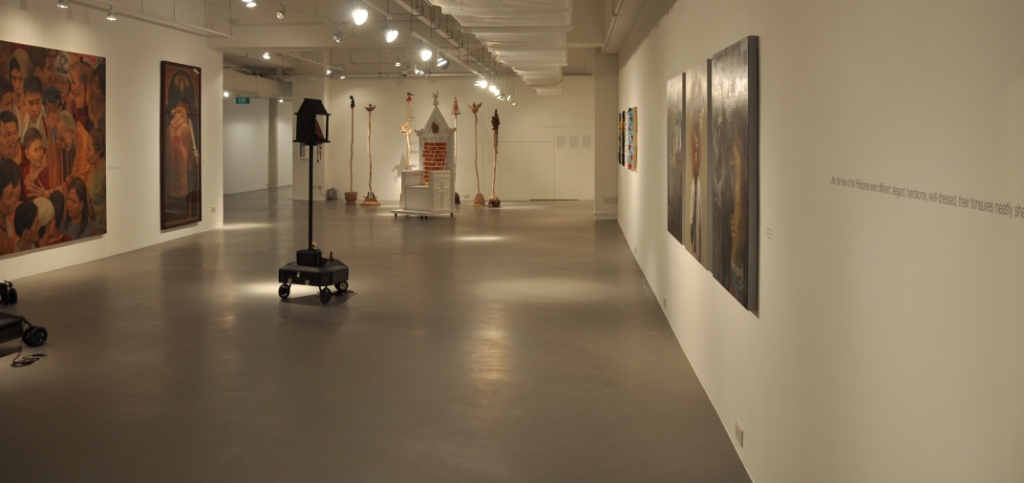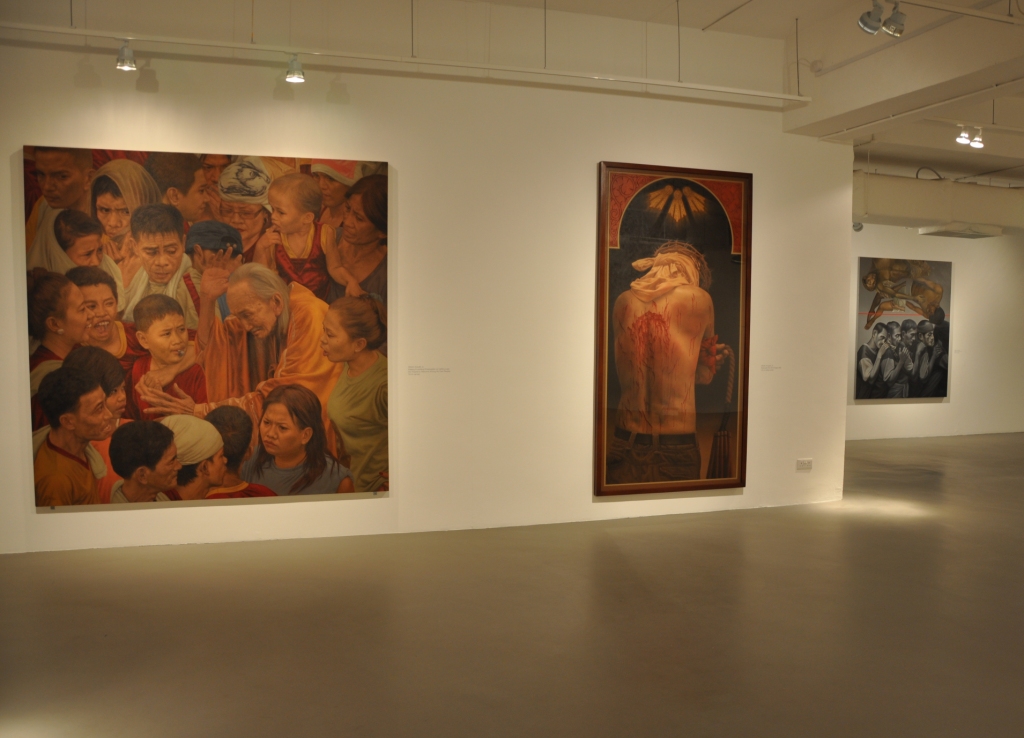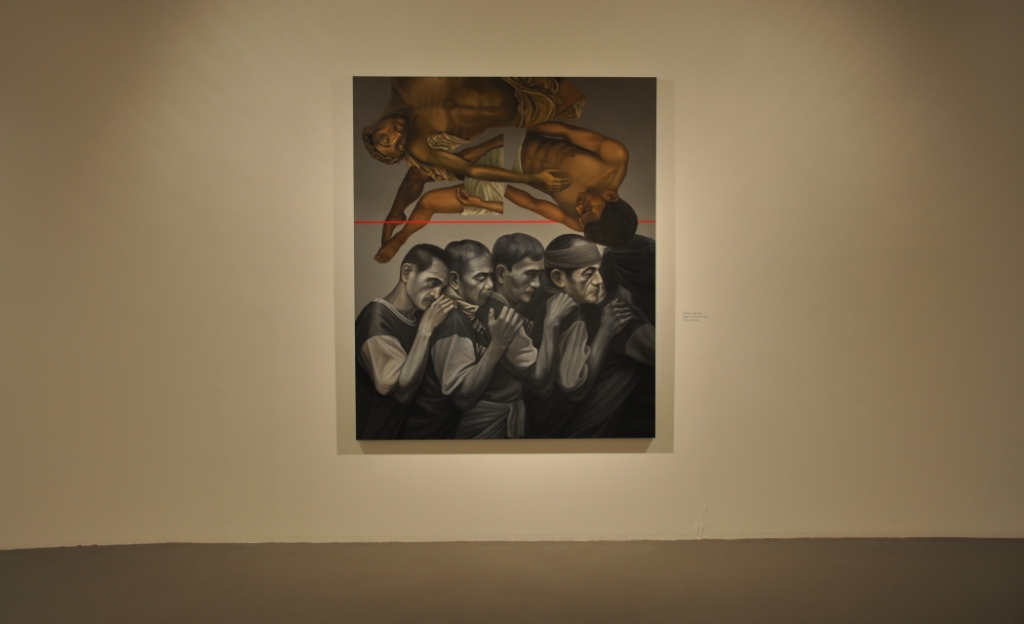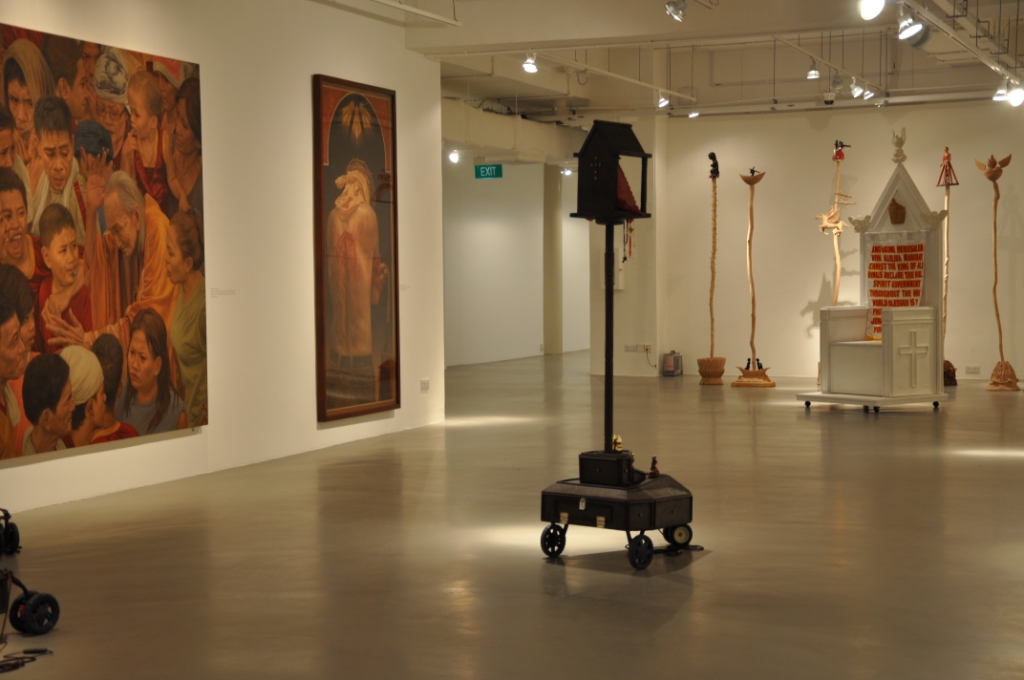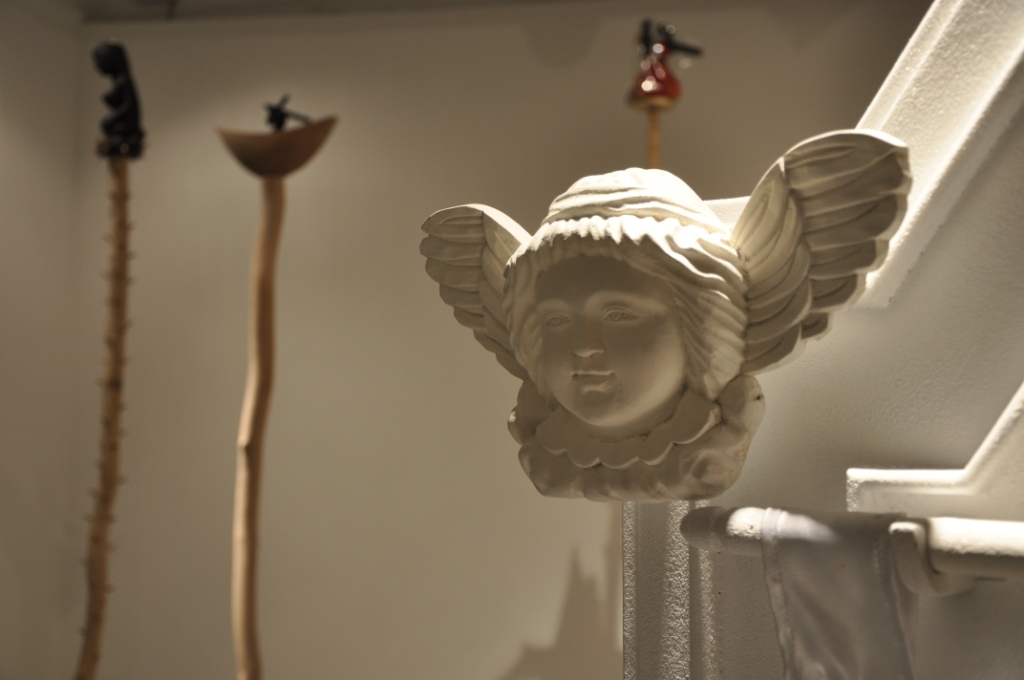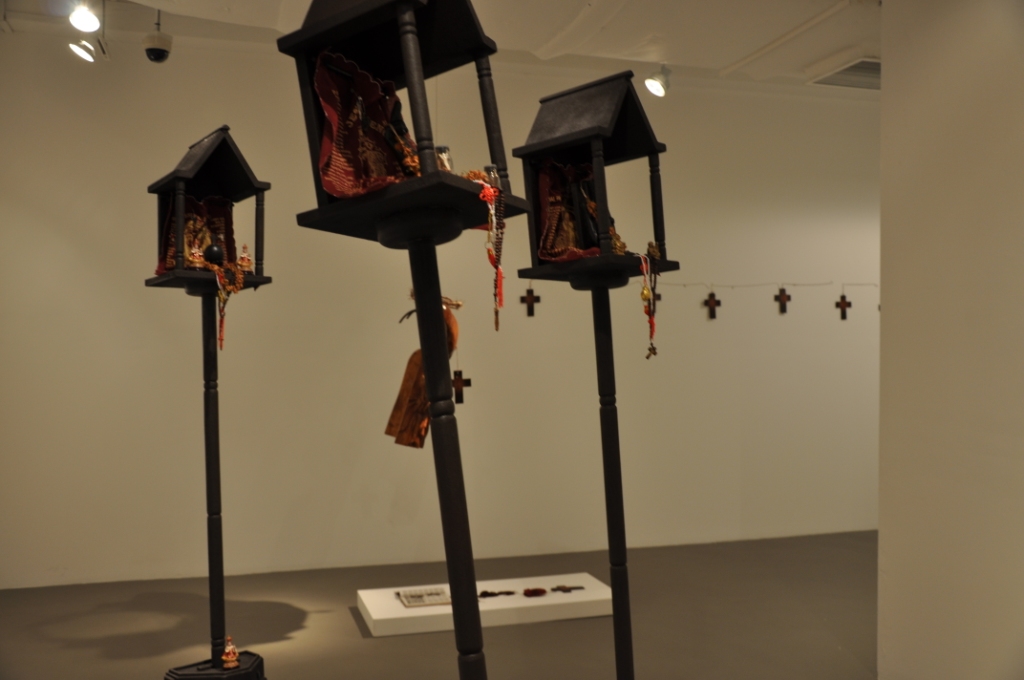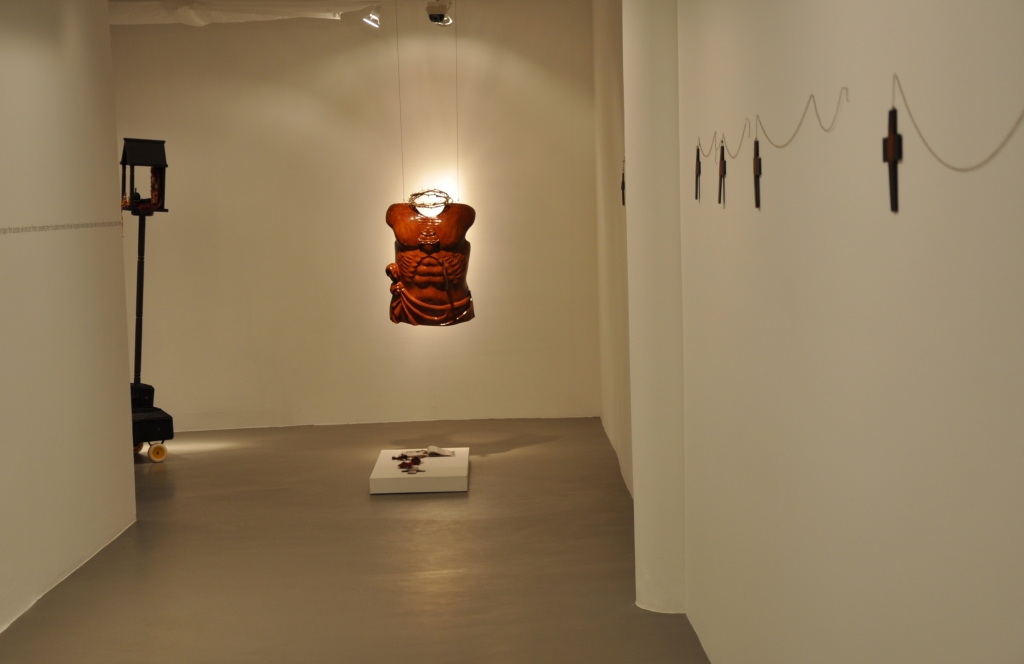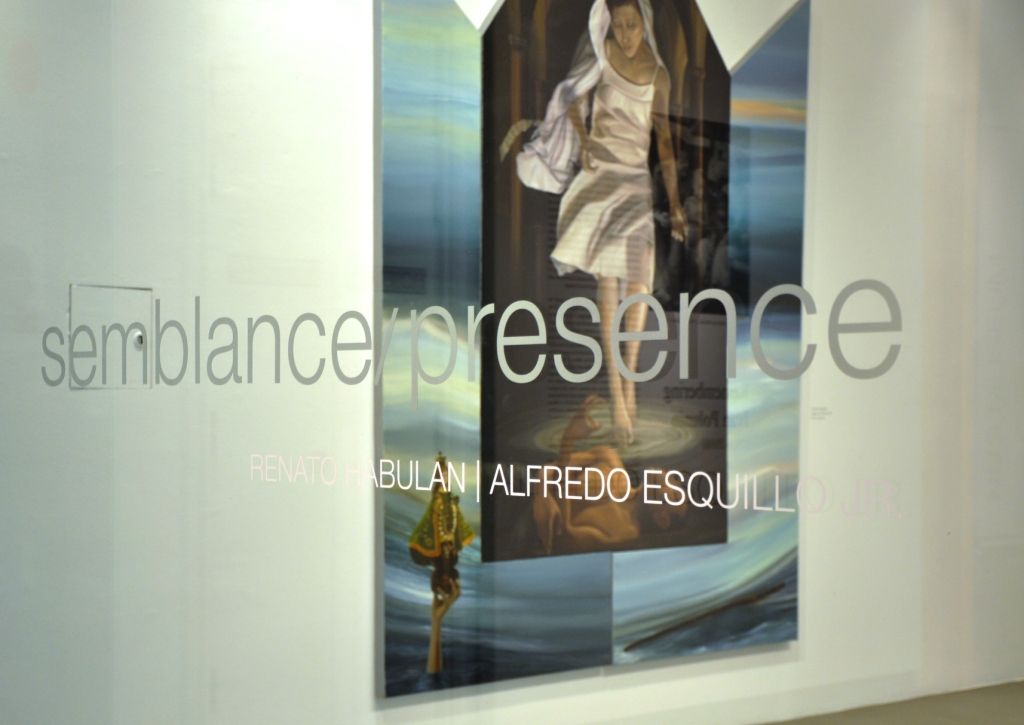Not even the threat of getting blown up could keep them away.
Eight million people joined this year’s procession of the Black Nazarene, a horde of devotees that packed the five-kilometer stretch from Luneta to Quiapo. The January 9 feast commemorates the Translacion, the transfer during the late 18th century of the 17th century icon to the shrine that now bears its name, more popularly known as Quiapo Church.
Malacañang had warned of a terrorist attack, banned cell phones along the route, and begged the faithful to worship at home. The US Embassy issued a travel advisory for Americans to avoid the area. The local Catholic hierarchy attempted to deviate from centuries of tradition, and shorten the path that the image would traverse. This led to a standoff, but after flared tempers and emotional appeals, the masses got their way. The effigy continued to wend its slow way through the throng. It arrived at the Minor Basilica of the Black Nazarene at six am of the following day, 22 hours after it had set off from Quirino Grandstand. The crowd had borne it aloft after its carriage’s wheels broke under the crush of humanity.
This fanatical devotion to the statue of the dark-skinned, suffering Christ has fascinated visual artists Renato Habulan and Alfredo Esquillo Jr. for years. A generation apart, the two first met in the early 1990s when Esquillo studied in UST as a Fine Arts major. Even then, Habulan, now 59, had already cemented his name as one of Manila’s foremost social realists, a figurative painter whose work in the Martial Law years resonated with militancy and political protest. He had needed assistance preparing a mural, and Esquillo, now 40 and one of Philippine art’s most sought-after names, volunteered to help. The apprenticeship has since transformed into friendship, built on mutual respect.
Habulan’s mentorship included forays into Quiapo, visits during the regular Friday novenas. This exposure made a profound impact on Esquillo. He continues to explore Philippine folk religious practices in his work. “Religion plays a large part in our national identity. Sir Ato (Habulan) first brought this to my attention,” Esquillo shares.
This month, at the National University of Singapore (NUS), the two artists come together for the first time in a joint exhibit. Semblance And Presence, planned to run for six months at the NUS Museum, translates the Quiapo experience, anchored on the devotion to the Black Nazarene, to a foreign audience.
“We want to share these images with Singapore, such a clean and slick city… the incongruity of this culture, very religious but also very earthly,” Habulan describes the show’s rationale. The antiseptic, orderly city-state stands on the opposite end of the spectrum from the chaos of Quiapo, a district that overflows with all sorts of characters. Inside the basilica, pious devotees walk on their knees to seek the Nazareno’s favor. Outside, charlatans and ambulant vendors peddle a myriad of wares, from metal amulets, to wooden crucifixes, to pirated DVDs, to herbs that terminate unwanted pregnancies “Kung maglakad ka sa Quiapo mahihilo ka,” Habulan continues. “So different from the mall. Commerce combined with religion as a frenzy.”
Those early trips to Quiapo introduced Esquillo to Mang Lauro, a self-proclaimed harbinger of Christ’s second coming. Mang Lauro, garbed in a cassock and golden vestments, has been preaching for decades in the environs of the basilica, flanked by a motley band of followers. They consider themselves the chosen ones, Mga Hinirang ng Panginoong Kristong Langit.
Esquillo has used Mang Lauro as a subject for his work in the past, and does so again for this exhibit. The oil on rubber diptych, Bulong Sa Replica, features Mang Lauro as a prophet, an intermediary to Christ. This forms part of a suite of paintings and sculpture, an installation of photographs, video, and mixed media assemblages that both Esquillo and Habulan have produced for this major show.
Another notable piece from Esquillo, Patawarin Mo Ako, is a stunning eight-foot high rendition of a flagellant’s back, whose torn flesh forms into the head of Christ crowned with thorns. “The wounds can tell many stories, depending on who carries them. They can speak of deep faith, deep devotion.”
Along with his own paintings and sculpture, Habulan also brings out 15 pieces from his Takatak series, three-foot-long rectangular boxed constructions that take their name from the sound made by the Takatak Boys who carry them. These hawkers roam the streets with cigarettes and candies, attracting attention by repeatedly tapping the containers. Habulan has embellished his boxes with images that echo the scenes around the church, colorful patterns from a vendor’s tablecloth or an assortment of black and white photos of devotees. He has fabricated pigeonholes on each Takatak to hold small painted receptacles for Quiapo’s kitsch.
It’s easy to see why the man-on-the street, the masa, identifies with the wounded and bloodied mulatto Christ, struggling to rise with the weight of the cross. They long to brush against its skin, enough they say, to partake of its miraculous prowess. “Can you label it as simply blind faith?” Habulan asks. “Many of their prayers have been answered. Our video documents the testimonies of those who have been healed by their devotion to the Nazareno.”
Definitely worth risking a bomb for.
This piece was originally published in the June 2012 issue of Rogue Magazine. Visit https://www.facebook.com/rogue.magazine
All images courtesy of the NUS Museum
Semblance and Presence runs until 13 January 2013 at the NX Gallery, NUS Museum,University Cultural Centre, 50 Kent Ridge Crescent, National University of Singapore, 11979. Phone (65) 6516-8817 or visit www.nus.edu.sg

